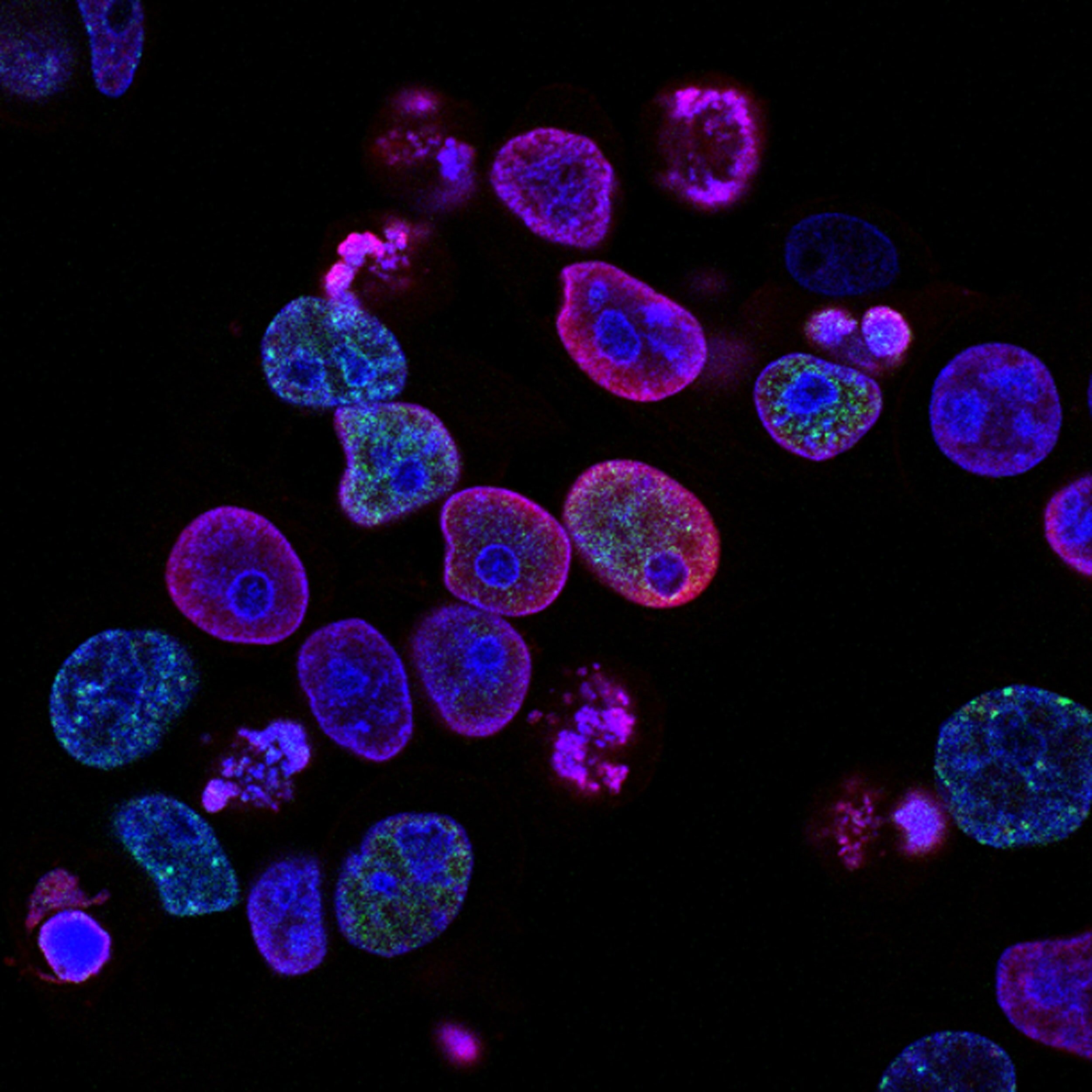
Exosomes
Presentation by Madelyn Robinson
Peer-reviewed by Dan Flynn & Vanessa Salandez
Introduction:
A major key in reversing the effects of aging could very likely be in tiny extracellular vesicles called exosomes. While once thought to be useless cell debris, exosomes have been proven to play a major role in intercellular communication as they deliver signals to recipient cells that change their biological activity (Panagiotou et al., 2018). Exosomes contain mRNAs, miRNAs, proteins, small DNAs, and lipids that reflect their cell of origin, and they release their contents in recipient cells by fusing with the cell’s plasma membrane.
Stem cells have the ability to differentiate and recreate functional tissue, and their exosomes retain some genetic material in the form of restorative signals to other cells (Chen et al., 2017). However, the concentration of these exosomes decreases with age, and therefore, their beneficial effects decrease as well (D’Anca et al., 2019). Researchers have injected exosomes produced by pluripotent embryonic stem cells or multipotent mesenchymal stem cells into rats and humans in the attempt to reverse certain aspects of aging; currently, there are promising explorations into the effects of exosomes in restoring some important functions of cells that are lost with time, combating autoimmune and degenerative diseases, and reversing some cosmetic effects of aging. Exosome therapies are already commercially available, albeit not FDA approved, and the companies generally claim success.
Future Research
● Further study of the effect of stem cell-derived exosomes on proteostasis and intercellular communication in rats and humans
● Evaluating the long term effects of exosomes (if any)
● Specializing exosomes to target specific cell types
● Using exosomes as vehicles for the delivery of other known anti-aging drugs
● Developing more cost-effective techniques for exosome therapies
References
Chen, B., Li, Q., Zhao, B., & Wang, Y. (2017, June 27). Stem Cell Derived Extracellular Vesicles as a Novel Potential Therapeutic Tool for Tissue Repair. Retrieved July 05, 2020, from https://stemcellsjournals.onlinelibrary.wiley.com/doi/full/10.1002/sctm.16-0477
D'Anca, M., Fenoglio, C., Serpente, M., Arosio, B., Cesari, M., Scarpini, E., & Galimberti, D. (2019, August 28). Exosome Determinants of Physiological Aging and Age-Related Neurodegenerative Diseases. Retrieved July 05, 2020, from https://www.ncbi.nlm.nih.gov/pmc/articles/PMC6722391/
Panagiotou, N., Neytchev, O., Selman, C., & Shiels, P. (2018, August 18). Extracellular Vesicles, Ageing, and Therapeutic Interventions. Retrieved June 25, 2020, from https://www.ncbi.nlm.nih.gov/pmc/articles/PMC6115766/